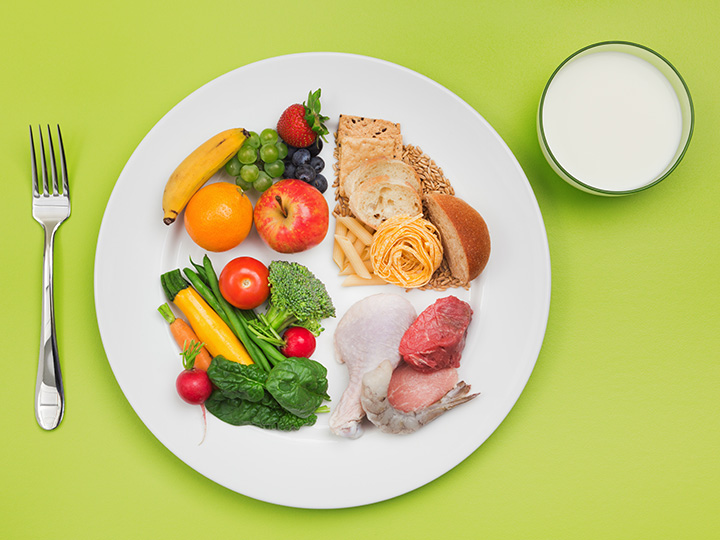Low Fat Diet / Food Plan

Following a low fat diet / food plan is not something new or trendy, it is healthy and for the majority of people, should be a way of life. The link to eating high fat / high cholesterol foods is well documented in many scientific journals. Risks of diets high in fat and cholesterol may lead to high blood pressure, blood clots, heart disease, and other health issues.
Why one would want a low fat plan
The most common reason for one to be on a low fat diet / food plan is weight loss. The math is simple, the less fat consumed, the fewer calories consumed. We know that 1g of fat is equal to 9 calories while 1g of protein or 1g of carbohydrate is equal to 4 calories; eating foods low in fat means low in calories per gram of weight.
It is also common for overweight individuals to be put on a low fat diet / food plan because their overall health may be at risk. Being overweight forces your body to work harder in almost every aspect thus raising the risk for health issues. Going to your physician once a year should offer insight as to whether one should take more action in controlling their weight.
Foods to stay away from
Fats are unavoidable but it important to consume the good fats and stay away from the bad ones. Saturated and Trans fats (the worse of the worst) are bad to consume (See "Fat in the Diet."). Consuming saturated and Trans fats leads to higher LDL cholesterol levels (the bad kind), in turn leading to greater health risks for the individual. Avoid foods that contain high amounts of these fats such as fried foods and margarine.Foods to go after
Maintaining a strong focus on unsaturated fats is critical to any low fat diet / food plan. There is no avoiding fat so when you must eat it, make sure it is good for you. If you must cook food in a skillet, use a light amount of extra virgin olive oil (EVOO). Instead of butter or margarine, use a vegetable spread. Rather than whole or 2% milk, drink skim milk.




